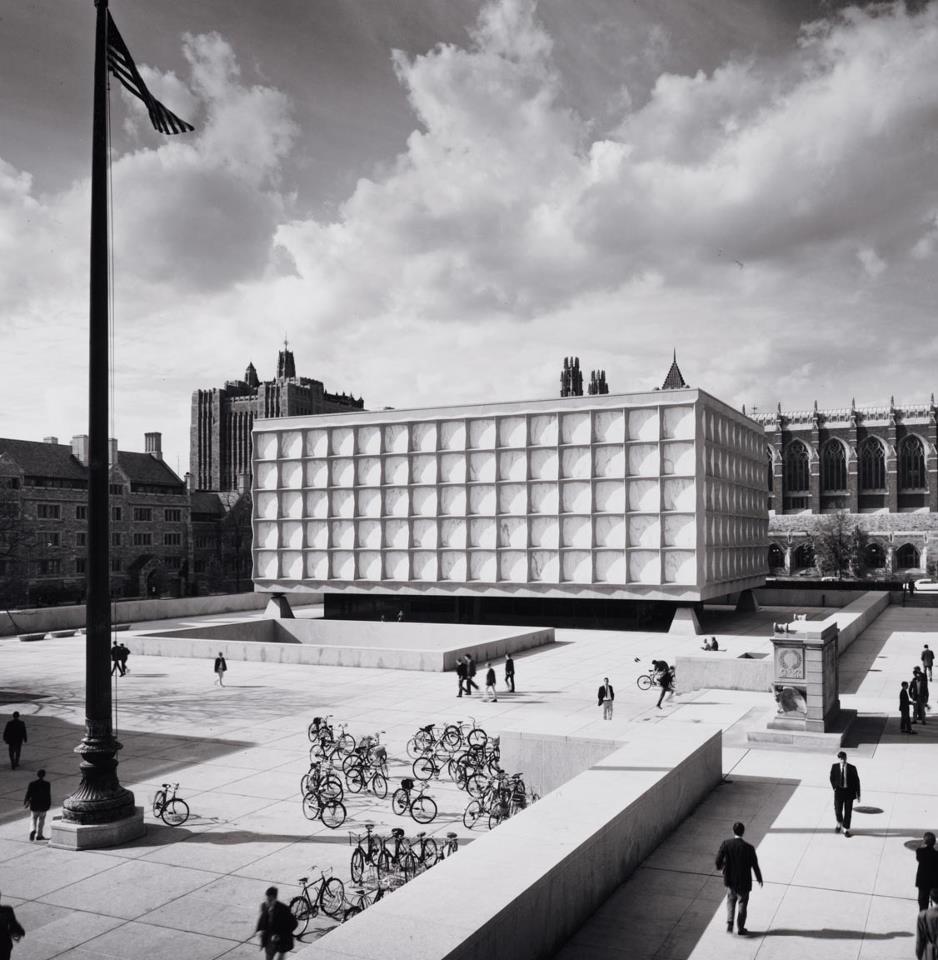Commonplace Books: Manuscripts and Printed Books from Antiquity to the Twentieth Century

For centuries, philosophers, scholars, lawyers, doctors, theologians, artists, and poets have gathered the memorable thoughts and words of others and organized them in commonplace books. These treasure houses of ancient and modern knowledge preserve quotations, anecdotes, maxims, jokes, verses, and magical spells, as well as astrological predictions, medicinal and culinary recipes, devotional texts, and mathematical tables–in short, subject matter of every stripe. As such, they have played an integral and abiding role in Western intellectual life throughout the ages. The exhibition Commonplace Books: Manuscripts and Printed Books from Antiquity to the Twentieth Century, which opened on July 26 at the Beinecke Library, brings together a wide array of manuscripts and printed books, offering a broad, first-hand prospect of the history of reading and of the commemoration and organization of learning over 2500 years of Western history. The exhibition continues through September 29.
The first half of the exhibition, drawn from several Yale collections, surveys the theoretical origins of the tradition of “commonplaces” in philosophical and rhetorical works of the Classical era, and traces itssubsequent history in medieval florilegia or books of “flowers,” in the Renaissance and beyond, documenting the endurance of the genre well into the 20th century. Among the items on display are early printed editions of the works of Aristotle and Cicero, medieval illuminated manuscripts, and educational, literary, scientific, legal, and religious commonplace books from the Renaissance, as well as commonplace books printed within the last decade.
Erasmus on the making of commonplace books
The great Renaissance humanist Desiderius Erasmus had much to say about the art of compiling commonplace books. Those thoughts were most poetically rendered in a comment he made about the famously well-educated daughters of his friend and fellow humanist Thomas More:
As they flit like so many little bees between Greek and Latin authors of every species, here noting down something to imitate, here culling some notable saying to put into practice in their behavior, there getting by heart some witty anecdote to relate among their friends, you would swear you were watching the Muses at graceful play in the lovely pastures of Mount Helicon, gathering flowers and marjoram to make well-woven garlands.
Authors and commonplace book compilers represented in the exhibition range from the ancient Roman polymath Seneca the Younger to Saint Bernard de Clairvaux, from the Protestant Reformer and humanist Philip Melanchthon to John Locke, from the 18th-century historian Edward Gibbon to W.H. Auden. Their works are arrayed alongside some of the most important printed books in the Beinecke Library’s collections, such as the first dated book printed in England—also a commonplace book—published by William Caxton in 1477, and a handsome early Greek edition of Aristotle’s philosophical treatises, printed in 1494 by the storied Venetian printer and scholar Aldus Manutius. Works by Quintilian, Boethius, Vincent de Beauvais, Rudolphus Agricola, Ben Jonson, Matthew Hale, Francis Bacon, Jonathan Swift, and Robert Southey are also on display.
The second half of the exhibit is concerned exclusively with the equally vigorous tradition of manuscript commonplace books compiled for personal reference and use. Some 75 handwritten books, spanning the 16th to the 19th centuries, have been gathered from the James Marshall and Marie-Louise Osborn Collection at the Beinecke Library. The compilers of these unique volumes include an eccentric Italian at the court of Queen Elizabeth, a 17th-century English envoy to the monarchs of Portugal, and a minister from the northern English provinces whose 15-volume commonplace book spanned the period from the French Revolution to Napoleon’s demise in 1815. These manuscripts illustrate the variety of material that has filled personal commonplace books and demonstrate the enthusiasm and delight that have motivated their compilers throughout the centuries.
In conjunction with the University’s tercentennial celebrations, a related display, entitledCommonplace Books at Yale, will highlight commonplace books written by Yale undergraduates during the first two centuries of the school’s history. Among these is the commonplace book of Eleazar May (Class of 1752) listing the books he read during his ‘Freshmanship” in 1749. Also included is the commonplace book of Manasseh Cutler (Class of 1765), American revolutionary, minister, botanist, Western expansionist, jurist, and representative to the seventh and eighth United States Congresses (1801-05).
Earle Havens, curator of the exhibition, has written a book-length study of the genre: Commonplace Books: A History of Manuscripts and Printed Books from Antiquity to the Twentieth Century will be available at the library in late August. Mr. Havens has also prepared a keepsake edition of an unpublished 17th-century manuscript essay on commonplace books, as well as a broadside describing the “Commonplace Books at Yale” display.
The Beinecke Library is open for exhibition viewing Monday through Friday, 8:30 a.m. until 5:00 p.m., and on Saturdays in July and September from 10 a.m. to 5 p.m.; closed Labor Day. The library is located at 121 Wall Street in New Haven, Connecticut.
On Wednesday, September 12, 2001, the James Marshall and Marie-Louise Marie Osborn Collection will sponsor a lecture Commonplace Books and the Practices of Learning in Early Modern Europe by Anthony Grafton, Dodge Professor of History at Princeton University.